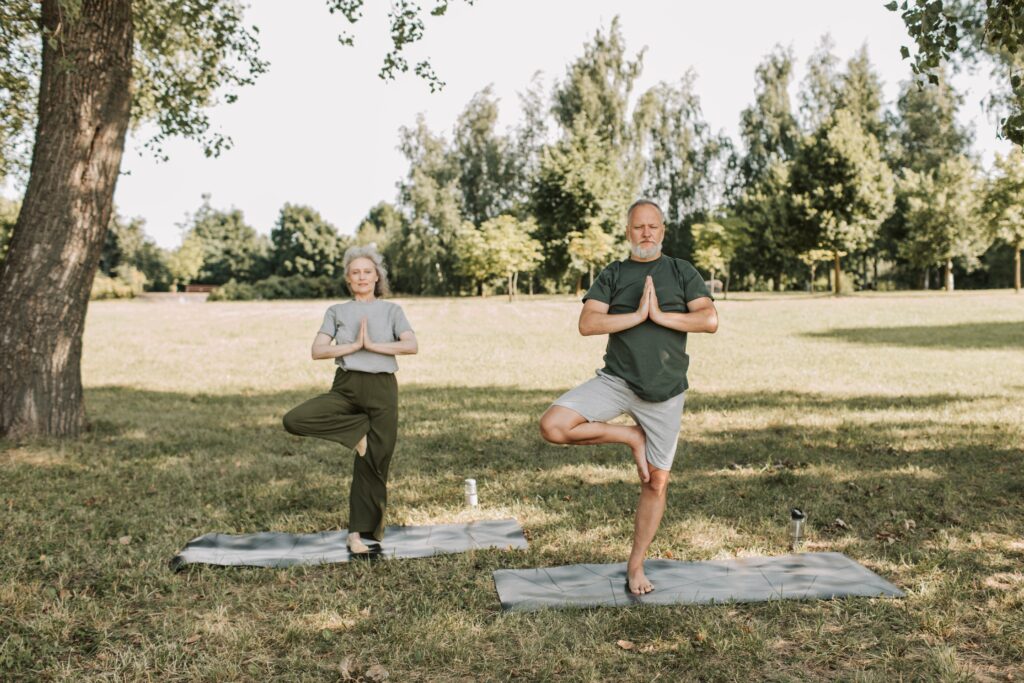Good posture is essential for overall health and well-being. When the spine is properly aligned, it helps to reduce the risk of injury, improve breathing, and increase energy levels. Unfortunately, many people suffer from poor posture due to factors such as sitting at a desk for long periods or carrying heavy bags. Upper cervical spinal chiropractic adjustments can be an effective way to improve posture and alleviate related symptoms.
An upper cervical spinal chiropractic adjustment involves the use of a gentle, precise force to adjust the upper part of the neck, which includes the atlas and axis vertebrae. This type of adjustment is particularly effective at improving posture because it targets the upper part of the spine, which is responsible for supporting the head and neck.
The science behind an upper cervical spinal chiropractic adjustment involves putting a gentle force into the spine and joints. This gentle force can help to realign the vertebrae, which can improve nerve function and reduce inflammation. When the vertebrae are properly aligned, it can also help to reduce muscle tension and improve range of motion.
Proprioception plays an important role in posture and is another way that upper cervical spinal chiropractic adjustments can improve posture. Proprioception is the sense that allows us to perceive the position, movement, and orientation of our body parts. Proprioceptors and mechanoreceptors are specialized sensory receptors that are located throughout the body and provide information to the brain about body position, movement, and balance.

Maintaining good proprioception is essential for preventing falls and maintaining independence. Simple exercises like standing on one foot, walking heel to toe, and practicing Tai Chi can help improve balance and coordination by challenging the body’s proprioceptive system. These exercises help to activate the muscles and joints that are responsible for balance, which in turn can improve proprioception.
For the elderly, having good balance is particularly important as falls are a major cause of injury and loss of independence. Regular practice of balance and coordination exercises can help improve posture, gait, and overall physical functioning. These exercises can also help improve reaction time, which is important in preventing falls. Also, strength training exercises can help to build and maintain muscle mass, while flexibility exercises can help to improve range of motion and reduce the risk of injury.
When the spine is out of alignment, it can cause a disruption in the flow of information between the brain and body. This can lead to a decrease in proprioception, which can contribute to poor posture. An upper cervical spinal chiropractic adjustment can help to improve proprioception by restoring proper alignment to the vertebrae in the upper part of the spine. This can help to improve body awareness and balance, which can lead to improved posture.
In addition to improving proprioception, an upper cervical spinal chiropractic adjustment can also help to reduce tension in the muscles and ligaments surrounding the spine. When these tissues are tight, it can cause the spine to become misaligned and lead to poor posture. By releasing tension in these tissues, an upper cervical spinal chiropractic adjustment can help to improve spinal alignment and promote better posture.
